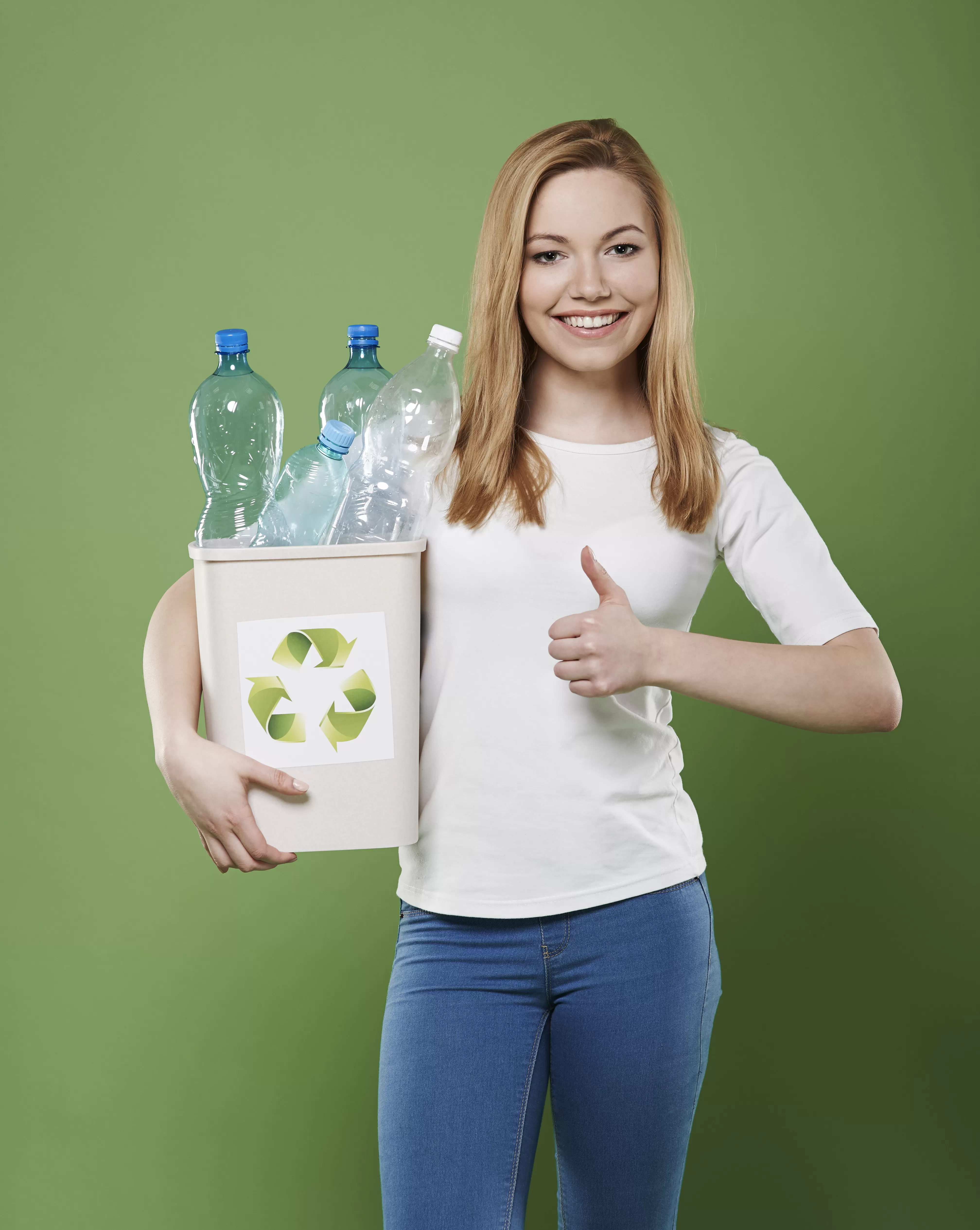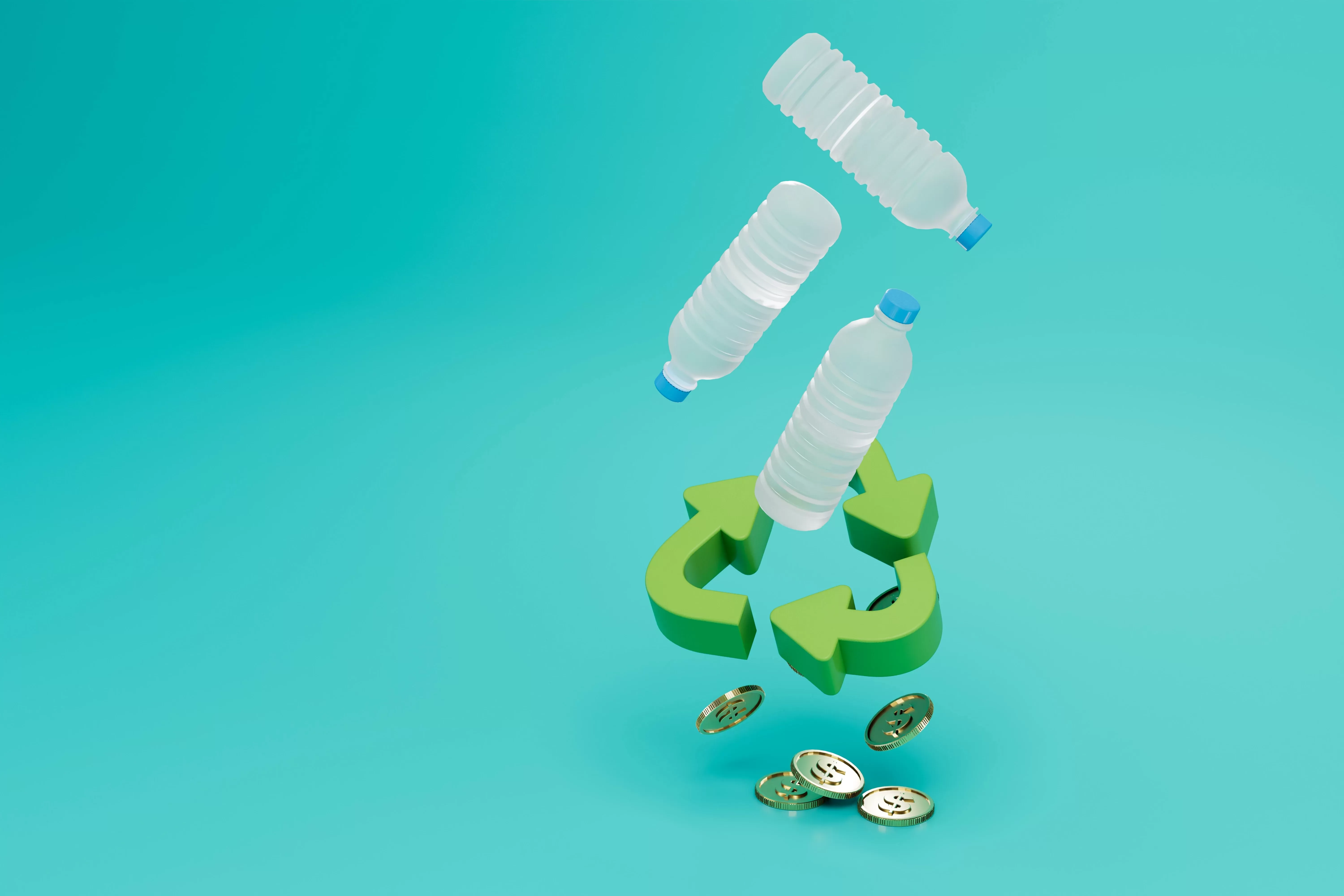
- CSR PLASTIC | Clean Society by Recycling | Sustainability
What is PET Recycling and How Should It Be Done
What is PET Recycling and How Should It Be Done?
As plastic consumption rapidly increases worldwide, PET recycling emerges as a crucial step towards environmental sustainability. PET is identified as a popular type of plastic, particularly used in water and beverage bottles. The recycling process involves collecting used PET products, processing them, and utilizing them in the production of new PET materials. This process offers both economic and ecological benefits. CSR Plastic takes responsibility for managing this process effectively, contributing to environmental protection.
PET recycling prevents the accumulation of used plastics in landfills, which reduces soil and water contamination. Additionally, it helps preserve natural habitats and maintain ecosystem diversity. The production of new PET materials requires the processing of natural resources such as crude oil. Using recycled PET significantly reduces the amount of energy needed for this new production process. For example, production using recycled PET consumes 50-60% less energy compared to new plastic production.
The production of new plastic results in high levels of greenhouse gas emissions. Recycling helps reduce these emissions, contributing to the fight against global warming. Recycled PET can be used as raw material in various industries, reducing import dependency and supporting local economies. Moreover, the recycling industry creates new job opportunities, contributing to the economy. This is also true for LDPE recycling processes.
How Should PET Recycling Be Done?
The PET recycling process is an indispensable method for environmental sustainability. Support for recycling at both individual and corporate levels is crucial for the future of our planet. With advanced recycling technologies and increased public awareness, the benefits of PET recycling will further increase, providing more opportunities to reduce our environmental footprint.
PET is a type of plastic commonly used in water and beverage bottles. Recycling it is of great importance for environmental sustainability. The PET recycling process is meticulous. Here are the steps of the PET recycling process:
-
Collecting PET Bottles: The recycling process begins with the collection of used PET bottles, separated from other waste in bins or recycling containers. It is important that PET bottles are collected separately from other waste to prevent contamination and facilitate the recycling process.
-
Sorting PET Bottles: The collected bottles are sent to recycling facilities where they are first separated from labels, caps, and other foreign materials. The bottles are then washed to remove dirt and food residues.
-
Cleaning and Processing: Cleaned bottles are shredded into small pieces. These pieces are then converted into granules or pellets, making it easier to melt the PET for use in new product manufacturing.
-
Granulation: Granules are melted and turned into fine threads, which are processed into polyester threads for use in the textile industry. Thus, old PET bottles are transformed into new clothes, carpets, or other textile products.
-
Melting Process: The obtained material can also be used to produce new PET bottles, turning used PET bottles into high-quality new plastic products. PET recycling helps reduce waste, conserve natural resources, and prevent environmental pollution. Each step in this process ensures the reuse of PET and the efficient use of resources.
CSR Plastic manages the recycling process successfully, contributing to the manufacturing sector.
What to Pay Attention to in PET Recycling?
PET recycling is a significant step towards reducing environmental impacts and achieving a sustainable world. However, there are some important points to consider in this process. The caps of PET bottles are usually made from a different type of plastic. Therefore, the caps should be removed from the bottles before the recycling process begins.
Most PET bottles have paper or plastic labels. Bottles entering the recycling process with labels can cause problems during processing. Therefore, it is important to remove labels as much as possible. PET bottles entering the recycling process should be clean. Liquid or food residues inside the bottles can negatively affect the recycling process.
Not all plastics are recycled in the same way. Proper identification and classification of PET bottles enhance the efficiency of the recycling process. Bottles usually have a recycling code on them, which helps in correctly sorting PET bottles. PET bottles should be placed in recycling bins separately from household waste. CSR Plastic enables the effective recycling of PET bottles.




